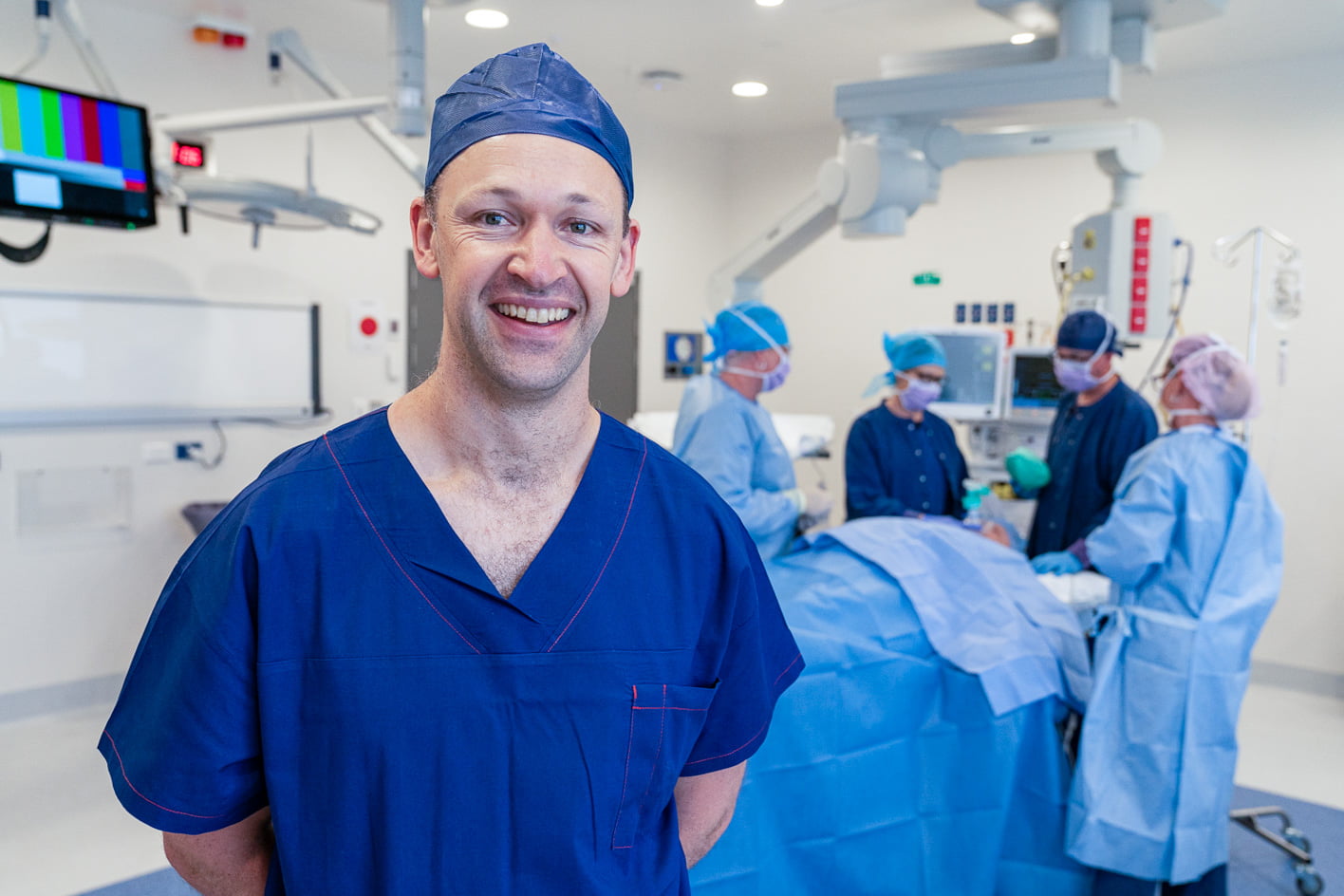How to improve scar healing after surgery
How to Manage Wounds After Laparoscopic Surgery: Tips for Optimal Scar Healing
Laparoscopic surgery is a minimally invasive procedure that offers faster recovery times, less pain, and smaller scars compared to traditional open surgery. However, proper post-operative wound care is crucial to prevent infection and promote optimal healing. In this blog, we will discuss how to manage wounds after laparoscopic surgery, with a special focus on techniques to improve scar healing.
Immediate Post-Surgery Wound Care
Keep the Wound Clean and Dry
- For the first 24-48 hours after surgery, avoid getting the incision sites wet. Showering is OK if
Monitor for Signs of Infection
- Watch for redness, swelling, warmth, or discharge from the wound. If you notice any of these symptoms, contact your doctor immediately.
- A mild amount of bruising and swelling is normal, but severe pain, fever, or foul-smelling discharge may indicate an infection.
Follow Dressing Instructions
- Dr Hamer uses dissolving stitches to close the incisions. These do not need removal, sometimes you can feel the knot underneath the skin. This is normal and won’t affect healing
- Dr Hamer uses steri-strips over the scar, let them fall off naturally—do not pull them off prematurely.
Avoid Excessive Movement
- Avoid strenuous activities, lifting heavy objects, or stretching movements that might put strain on the incisions in the first 72hrs.
- Support your abdomen when coughing or sneezing to reduce strain on the surgical site.
Long-Term Scar Healing Tips
Hydration and Nutrition
- Staying hydrated and consuming a balanced diet can accelerate wound healing.
Moisturization and Scar Creams
- After the wound has fully closed, applying a mild, fragrance-free moisturizer can keep the skin hydrated and reduce itching.
- Silicone-based gels or sheets can help improve scar appearance and prevent excessive thickening. These can be bought from your local chemist
Sun Protection
- Protect your scars from direct sun exposure by covering them with clothing or applying sunscreen (SPF 30 or higher) once the wounds are fully healed.
- Sun exposure can darken scars and make them more noticeable.
Gentle Massage
- Once the wound has completely healed, gently massaging the scar with any moisturising cream can help break down excess collagen and improve flexibility.
- Use circular motions for a few minutes daily to soften the scar and enhance circulation.
Avoid Picking or Scratching the Scars
- Itching is common during the healing process, but picking at scabs can delay healing and increase the risk of scarring.
- If itching is bothersome, try using a cool compress or a mild antihistamine as recommended by your doctor.
Stay Active
- Light activities, such as walking, can improve circulation and promote healing.
Consider Professional Treatments if Needed
- If you have significant scarring, treatments such as laser therapy, microneedling, or steroid injections may help improve scar appearance. Consult a plastic surgeon for options.
Final Thoughts
Proper wound care after laparoscopic surgery is essential for smooth healing and minimal scarring. By following these guidelines—keeping the area clean, avoiding strain, moisturizing, protecting from the sun, and using gentle massage—you can help ensure the best possible cosmetic outcome. Always follow your surgeon’s instructions and reach out to them if you have any concerns during your recovery.

